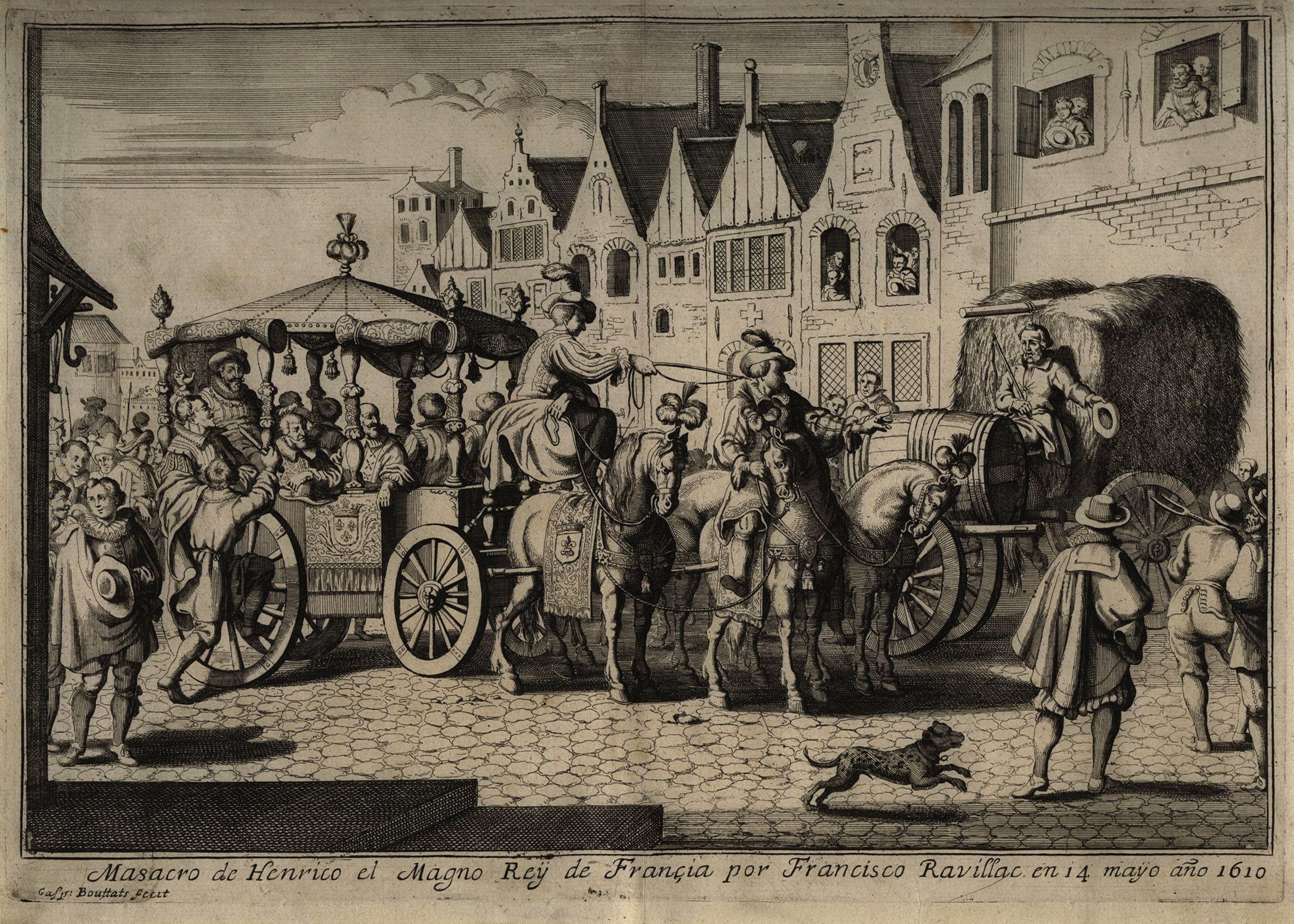Belon, looking very grave, despite his decidedly whimsical hat.
Intimate Reader, in the spirit of my posts on the art of Albrecht Dürer and Ivan Yakovlevich Bilibin, and the polymath-ness of Mikhail Vasilyevich Lomonosov, I present for your consideration a vignette on the life and work of sixteenth-century French physician, naturalist, traveler, artist, and man-about-ville PIERRE BELON (1517-64).
Born near the famous all-night horsecart-racing town of Le Mans, Belon studied medicine at Paris, and traveled to Germany to work with famous physician and botanist Valerius Cordus, who formulated a synthetic "sweet oil of vitriol" (ether), which he hawked around the German countryside as an old-time cure-all elixir. Sadly, Cordus, the famous author of those early modern bestsellers The Dispensatorium and the Historia Plantarum, later died of malaria after a "research trip" to Italy.
Valerius Cordus, who, as Belon's academic adviser, kept one eye fixed upon him at all times.
Belon, now duly armed with two-fisted know-how of natural philosophy, returned to France to be taken under the benevolent wing of a certain Cardinal François "Effectively France's Foreign Minister" de Tournon. His patron gave him a generous allowance of francs to go on a lengthy journey to study the flora and fauna (including Turks!) of the Mediterranean and Levant.
In 1546, he set out, eventually traversing the extensive territories of the Sublime Ottoman State, including Greece, Turkey, Egypt, Arabia and Palestine. Returning to the Île de Paris in 1549, Belon wrote and illustrated a lengthy account of his travels, Les observations de plusieurs singularitez et choses memorables trouvées en Grèce, Asie, Judée, Egypte, Arabie et autres pays étrangèrs ("Observations of Divers Singularities and Memorable Things Found in Greece, Asia, Judea, Egypt, Arabia, and Other Foreign Countries"), published in 1553.
He also wrote several scientific works of considerable value to comparative anatomy, particularly the Histoire naturelle des estranges poissons ("Natural History of Strange Fishes"), 1551; De aquatilibus ("Of Aquatic Species"), 1553; and L'Histoire de la nature des oyseaux ("History of the Nature of Birds"), 1555.
The best depiction I could find of a French early modern religiously-motivated assassination. This one depicts the killing of King Henry IV in 1610 by the Catholic François Ravaillac. Unfortunately, Belon was killed at night, however, and probably not in a royal party-coach.
A Catholic and a royal favorite during the time of Reformation-era Wars of Religion, Pierre Belon was assassinated, probably by an Elect-loving Huguenot, in Paris one evening in April 1564, when coming through the Bois de Boulogne park ("Baloney Forest"), perhaps returning from a visit with a lady of the night. Unlike his fellow sixteenth-century compatriot King Henry IV (a Huguenot!), Belon was unable to escape the assassin's blade on the first attempt.*
Despite his sad end, Belon left posterity some great scientific work and some interesting illustrations, several of which I produce below. Enjoy!
"Turning and turning in the widening gyre, the falcon cannot hear the falconer": A Paul-Bunyan-sized gentleman falconer and his Roc-sized falcon, or perhaps the dog is an early example of the French craze for all things miniature? From The Nature of Birds.
Possum-lizard? From Observations.
Exotic fauna: Saracens (L) and Turks (R). From Observations.
"Portrait of a Circassian nobleman, or Arabs on horseback, who were the riches lords of Egypt, when the Sultan [Saladin?] ruled there." From Observations.
Some owls! Belon observed that, while most owls liked to perch on tree limbs or stumps, that the French Barn Owl preferred to roost on a living rodent. From The Nature of Birds.
Human and Bird Skeletons Compar'd. From The Nature of Birds.
The strange marble-column roosting French variety of woodpecker. From The Nature of Birds.
Ce ne sont pas unes pipes! From Observations.
Here there be dragons. From Observations.
Non-horned and Horned Snakes. From Observations.
The Roman Emperor Hadrian, floating on the Tiber with his pet hippo, Antinous. From Strange Fishes.
More hippo (walking on water)! Eating an iguana?: "Removed from the statue of the Nile, of the garden of Belueder at the palace of the Pope in Rome." From Strange Fishes.
Sea serpent! From Strange Fishes.
"Picture of the Order that the Latins called Orca or Orcynum." From Strange Fishes.
The Arbalestre, or Crossbow (now called Hammerhead) Shark. From Strange Fishes.
And, finally, a wing'd and be-scyth'd Satyr, patron saint of French anatomists. From Strange Fishes.
Well, Exalted Readers, I leave you now a little older, and perhaps a little wiser. If nothing else, you've learned to never trust a strange Huguenot you meet on the road in the dark of night.
Until next time, the Cabinet is closed.
___________________________________________________________
* "Henry IV finally was killed during the third attempt on his life, having fended off would-be assassins Pierre Barrière in 1593, later broken on the wheel, and Jean Châtel in 1594, who had his hand burned off with molten sulfur, lead and wax (a punishment for attempted regicide) and then was dismembered. Ravaillac suffered the same molten hand-burning, but was drawn and quartered (like in Braveheart), which was perhaps not so different from dismemberment, in the end. Bon temps!"
- Extract from my forthcoming volume, Several Interesting Anecdotes of Attempted and Successful Royal and Political Assassinations, and their Subsequent Punishments, in Sixteenth- and Seventeenth-Century Europe, Together with a Treatise on the Art of Early Modern Regicide (self-published).



